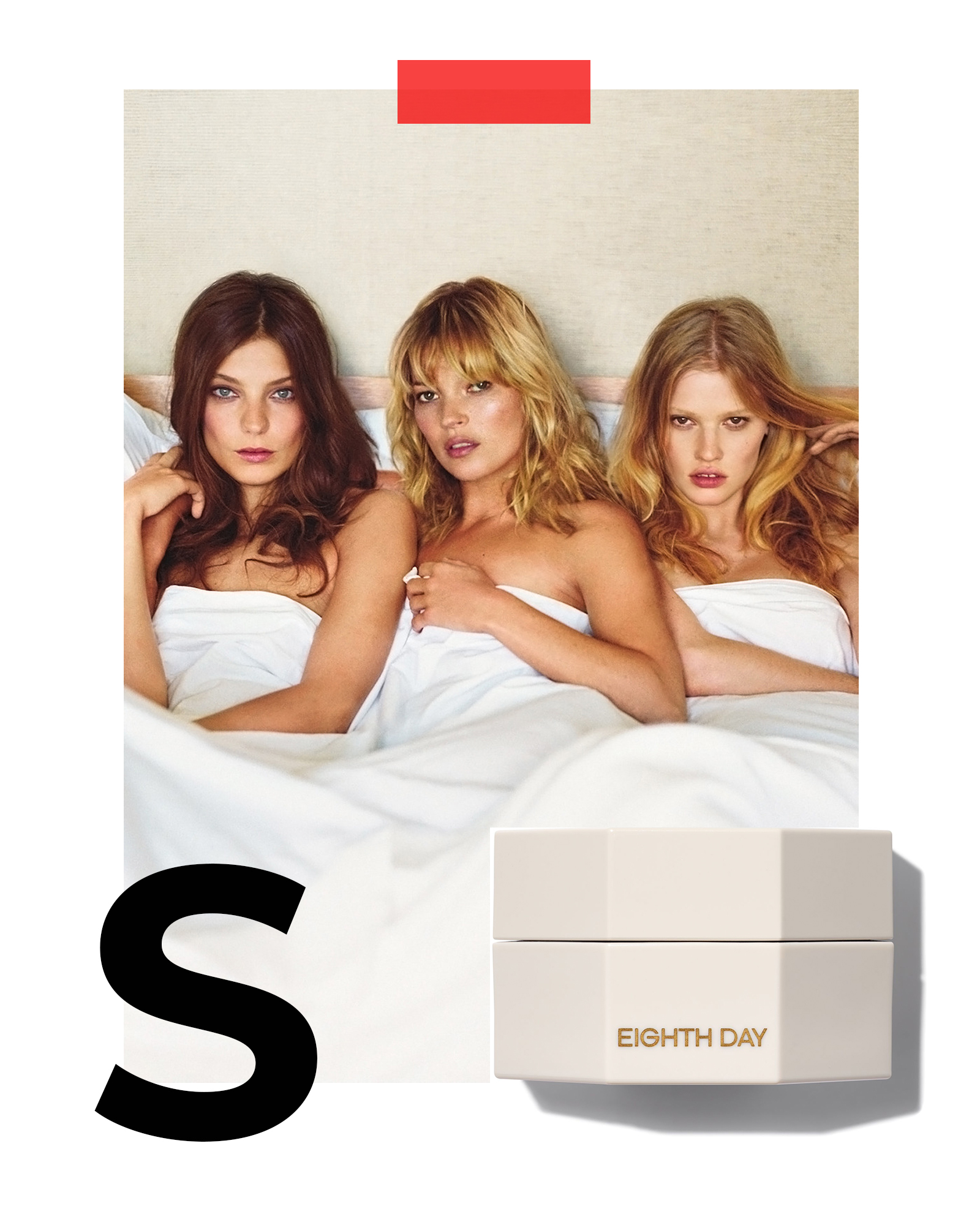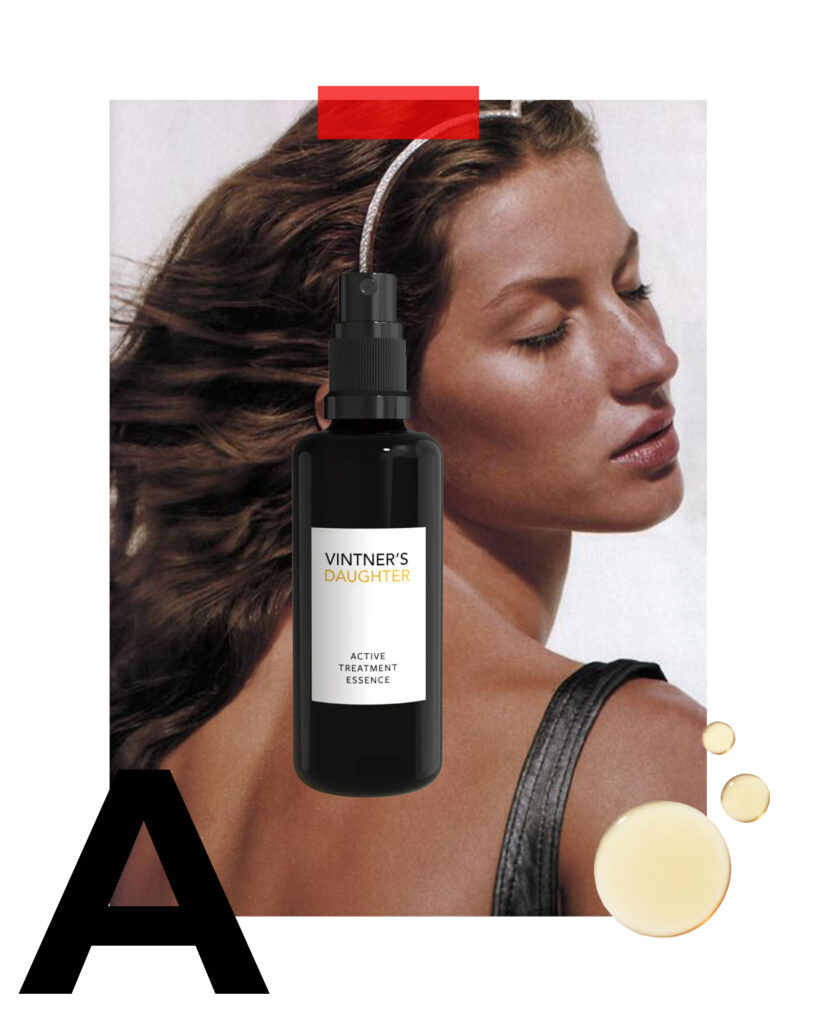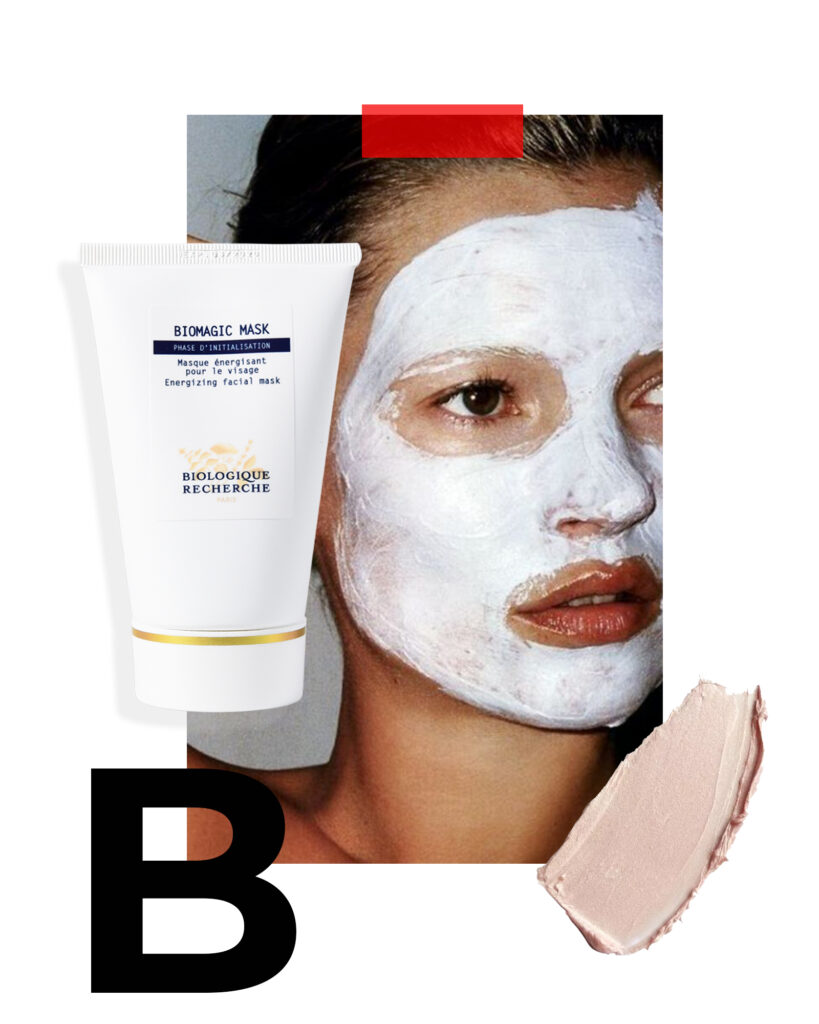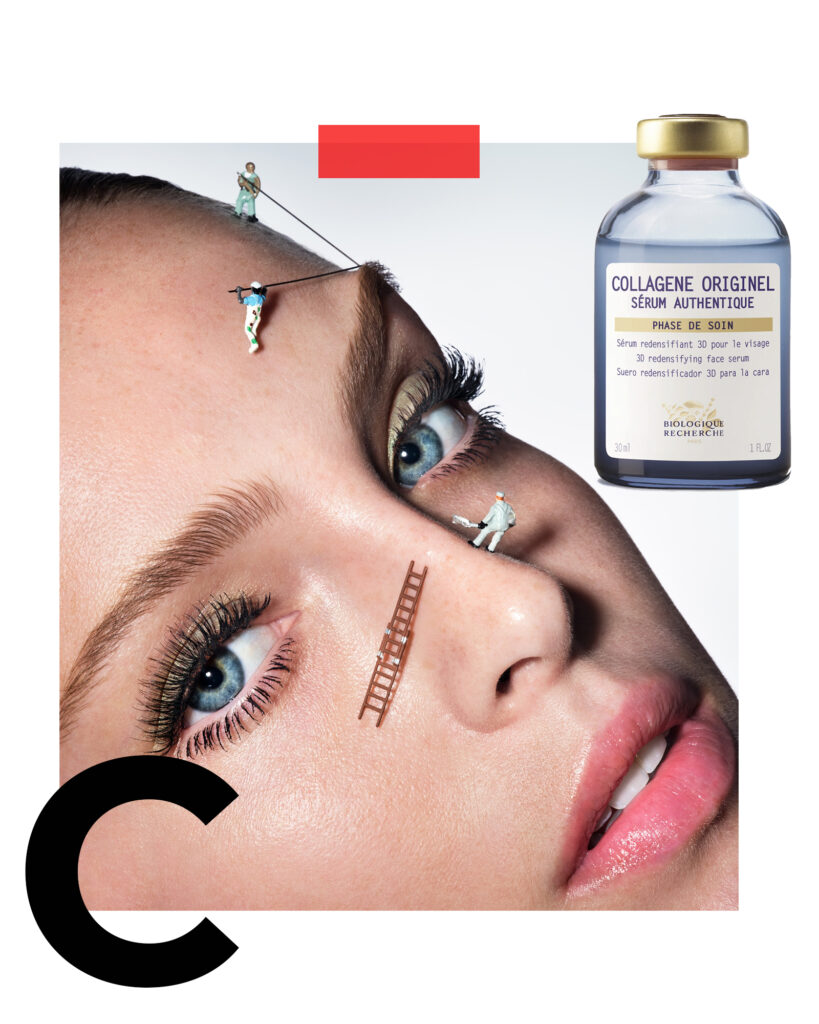Seaweed
WHAT IT DOES:
A remedy for ageing skin, seaweed works to stimulate, revitalise and nourish. Able to smooth and soften skin, it is effective in improving the appearance of wrinkles and fine lines as well as treating acne. Seaweed is used in traditional Chinese medicine and Polynesian cultural practices to alleviate the symptoms of mild burns, rashes, wounds and swelling.
HOW IT WORKS:
With a high iodine and sulphur amino acid content, seaweed treats a wide variety of skin concerns. Its moisturising and wrinkle-smoothing properties come from its high silica content and ability to react with protein to form a protective gel on the skin’s surface. With antibiotic properties, seaweed can also protect against infection and reduce acne-causing bacteria.
MG SAYS:
With tens of thousands of seaweed varieties in the world, it really is a skincare superstar. In particular, the pigment astaxanthin found in algae is ideal to use for potent anti-inflammatory action and to support cell renewal. Seaweed is suitable for use on all skin types, but especially great for dry skin due to its hydrating, nourishing and conditioning properties.
Selenium
WHAT IT DOES:
Selenium is one of the many essential minerals that are fundamental for achieving and maintaining optimal skin health.
HOW IT WORKS:
Selenium works as both an antioxidant and a cellular building block for ensuring the skin maintains elasticity from a cellular level. In turn, it promotes overall good skin health and the production of collagen.
MG SAYS:
Selenium is a fundamental constituent in ensuring all aspects of the skin system are functioning and optimal levels. Selenium is a potent anti-ageing ingredient as it protects from cellular degeneration and promotes collagen synthesis in the skin.
Shea Butter
WHAT IT DOES:
Shea butter has been used for generations thanks to its rich moisturising properties and high dosage of Vitamins A, D and E, all ideal for plumping and firming the skin. Derived from the African shea nut tree, this wondrous butter is perfect for dry and damaged skin.
HOW IT WORKS:
Thanks to its emollient nature and added antioxidant benefits, shea butter is effective at restoring deep moisture and improving the overall look of dry skin.
MG SAYS:
For millennia, African people have been using this miracle butter to protect their skin and hair from the scorching sun and drying desert winds (it is said that the Egyptian Queen Nefertiti owed her legendary beauty to the use of shea). Protective and deeply moisturising, consider shea butter a superfood for the skin.
Silybum Marianum (Milk Thistle)
WHAT IT DOES:
Milk thistle has many remarkable effects on the skin, the most widely researched being its incredible antioxidant profile — namely, that it is 10 times more potent than Vitamin E.
HOW IT WORKS:
Milk thistle contains a constituent called silymarin, a potent antioxidant praised for its soothing and regenerative properties, which can have similar effects to Vitamin C when formulated correctly.
MG SAYS:
Milk thistle has long been used for its detoxifying properties, making it particularly useful in treating blemishes and congestion. In addition, its anti-inflammatory and healing characteristics also make it suitable for alleviating the symptoms of eczema and prove it a powerful anti-ageing ingredient.
Sodium Benzoate
WHAT IT DOES:
Sodium benzoate is a food-grade preservative found in many fruits like plums, cranberries and apples. It’s an essential ingredient in ensuring products remain stable on the shelf.
HOW IT WORKS:
Sodium benzoate prevents the development of microbials and fungus in skin care products by changing their nature. It can also prevent metal product vessels from rusting over time.
MG SAYS:
Sodium benzoate is an essential ingredient in ensuring the shelf life of a product. It should not to be used in conjunction with Vitamin C as the combination can be toxic.
Sorbitol
WHAT IT DOES:
Sorbitol is a sugar used as a humectant in skincare to improve the skin’s ability to retain moisture. As a humectant, sorbitol draws water from the air into the skin to ensure it remains supple and adequately hydrated while preventing further moisture loss.
HOW IT WORKS:
Sorbitol keeps the skin hydrated by pulling water from the air and drawing it into the deep dermis. It is used in moisturisers and creams for its thickening and lubricating properties and can be manufactured through natural or synthetic means.
MG SAYS:
Sorbitol is useful in treating dry and devitalised skins as its ability to continually pull water from the atmosphere results in prolonged relief for the skin.
Spin Trap
WHAT IT DOES:
Spin trap is an intelligent antioxidant that traps free radicals and converts them into harmless and useful oxygen before transporting them back into the respiratory cycle. It’s known as one of the smartest ingredients out there, and is good for treating free radical damage.
HOW IT WORKS:
Spin trap shields the complexion from degenerative and destructive molecules as well as metabolising them into those that will benefit the skin.
MG SAYS:
One of the only proactive antioxidants known to man, spin trap not only defends the complexion from pollutants and free radical damage, but succeeds in overturning these harmful molecules into beneficial, oxygenating effects on the skin.
Sulphur
WHAT IT DOES:
Perfect for those with delicate and dry skin, sulphur as an ingredient can treat a host of conditions. Most commonly used for blemishes and acne, sulphur can also help heal dry and itchy skin on those suffering from eczema and psoriasis.
HOW IT WORKS:
Sulphur has mild antiseptic properties which helps dissolve acne-causing bacteria, as well as encouraging cell turnover and gently exfoliating the topmost layer of the skin, buffing away debris. In turn, it helps minimise oil production and leads to clearer skin.
MG SAYS:
A great anti-blemish alternative for those who find salicylic acid or benzoyl peroxide irritating or a little too harsh. Plus, with ancient natural healing properties, itchy and irritated skin will find blissful relief when soaking in hot sulphur springs.
Sunscreen (Chemical)
WHAT IT DOES:
Chemical sunscreens apply synthetic filters to stop the UV rays of the sun from penetrating into the dermis. It in turn protects the skin from harsh UV damage which can cause burning, premature ageing and skin cancers.
HOW IT WORKS:
Sunscreen’s active ingredients essentially neutralise UVA and UVB rays in their tracks, blocking them from reaching beyond the chemical barrier. Chemical sunscreens take about 20 minutes to properly absorb into the skin, and are best used in tandem with physical barriers including hats, sunglasses and protective clothing.
MG SAYS:
We all know that it’s essential to top-up your SPF protection throughout the day, however this isn’t always easy to do when wearing a full face of makeup. If you don’t wish to remove your base and start again, apply a generous dusting of mineral powder with SPF protection over the top of your makeup a few times a day. However, a full application is always the safest option.
Sunscreen (Physical)
WHAT IT DOES:
A physical sunscreen uses a physical barrier, rather than chemicals absorbed into the skin, to repel UVA and UVB rays. Like chemical sunscreens, regular application of physical sunscreen can help with fine lines, pigmentation and skin cancers which can be warded off in tandem with other sun-safe procedures such as wearing protective clothing and sunglasses.
HOW IT WORKS:
Using mineral filters which sit on top of the skin, active ingredients like titanium dioxide and zinc oxide act as a barrier to the sun. These block the sun’s rays and stop them from penetrating the skin cells. The broader the spectrum of the sunscreen, the more effective and the longer this protection will last.
MG SAYS:
Sensitive skin types fear not, physical sunscreens can be ultra-gentle. Zinc oxide, one of the most commonly used physical sunscreen ingredients, is known to be extremely anti-inflammatory and soothing.
Superoxide Dismutase
WHAT IT DOES:
Superoxide dismutase is an enzyme that protects the mutation of free radicals in skin cells, stopping damage from the likes of pollution and other environmental aggressors.
HOW IT WORKS:
Superoxide dismutase works to shield the complexion from free radical damage and the inflammatory effects of exterior aggressors.
MG SAYS:
Superoxide dismutase is a wonderful inclusion in any regime in either mist or serum form. Especially helpful for those living in densely populated areas, who frequent long haul travel or who are exposed to extended periods of air conditioning, this protective powerhouse prevents the rapid mutation and degeneration of skin cells and DNA.





